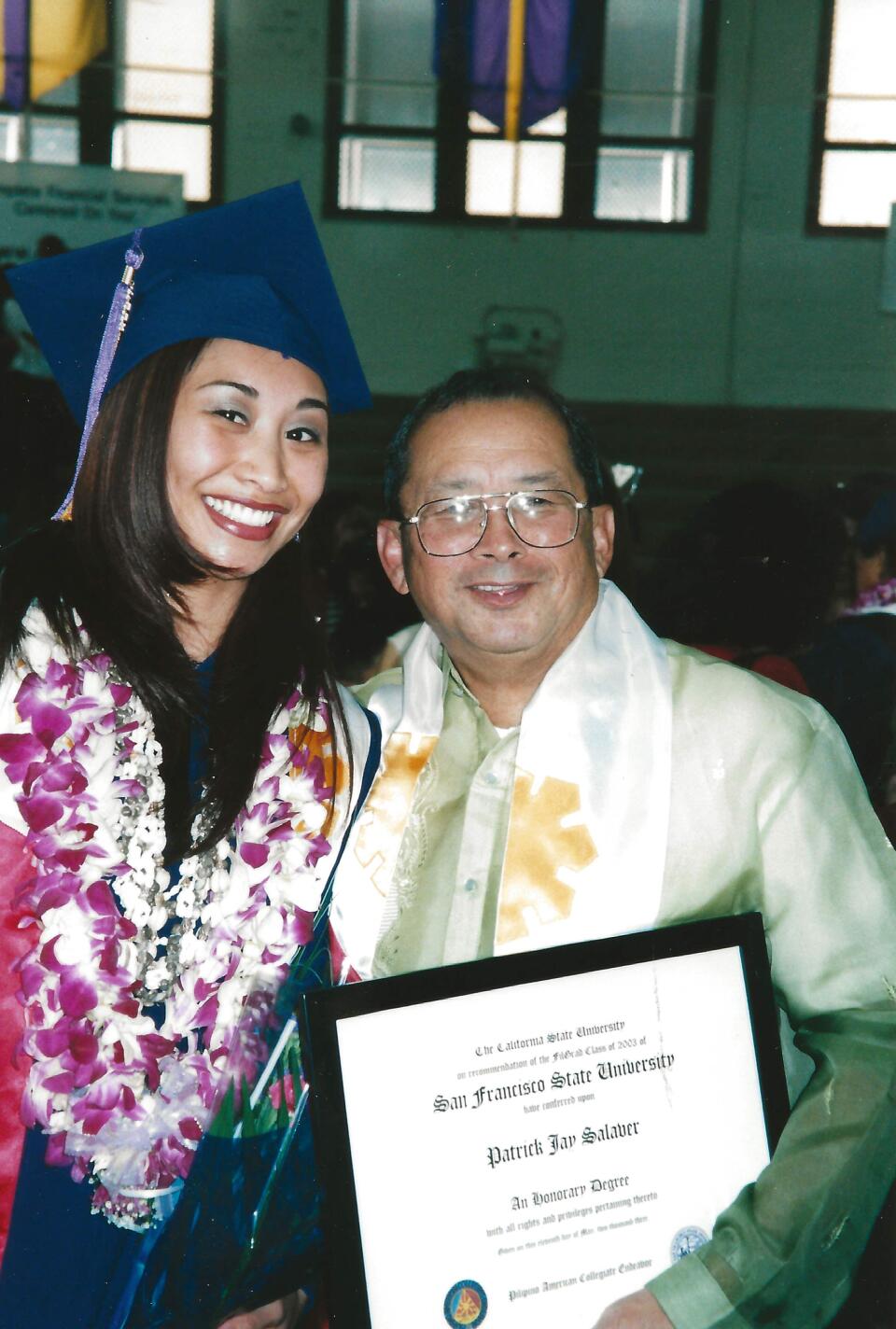An East Hollywood nursing home that nearly lost its license this year because of repeated state citations for deaths of residents at the facility was cited again last month after another person died.
The California Department of Public Health cited Brier Oak on Sunset after a 92-year-old resident bled to death on Sept. 27. Staff members had continued injecting her with blood thinners over a 40-hour period in violation of clinical guidelines.
It’s an AA citation, the most severe the department issues when violations of care standards are determined to be a substantial factor in someone’s death. The facility faces a $120,000 fine.
These kinds of citations are rare. The department has recently issued, on average, fewer than 20 AA citations yearly across more than 1,200 skilled nursing facilities in California.
Brier Oak has received three AA citations for patient deaths since late 2022.
State regulations require authorities to suspend or revoke the licenses of any facilities that get two AA citations within a period of 24 months.
The state Public Health Department began that process with Brier Oak in May based on resident deaths in 2022 and 2024. But officials dropped that effort later because they say they determined the two patient deaths had occurred 26 months apart — just outside of the two-year window.
A spokesperson for the company that owns Brier Oak told LAist it has appealed the first two citations and is considering whether to appeal the third.
Advocates for nursing home residents say the recent death could have been avoided if the state had taken action.
“There were red flags, and a lot of these red flags existed prior to the death of this poor resident,” said Tony Chicotel, senior staff attorney with California Advocates for Nursing Home Reform.
The state said Brier Oak has until Dec. 19 to notify the department if it intends to appeal.
What led to the patient deaths?
In the recent death at Brier Oak cited by the state, multiple communication and technical failures by nursing staff led to the patient bleeding out over a period of 40 hours, according to the citation.
The 92-year-old patient was immobile and had been prescribed a blood thinner called heparin to help prevent blood clots from forming. But once a patient is bleeding, those injections make bleeding worse, and potentially fatal.
When nursing staff found bright red blood in the resident’s diaper the day before she died, Brier Oak failed to follow established processes for documenting the bleeding or communicating it to a nurse practitioner or medical doctor, according to the citation.
Nurses told state authorities they delayed informing physicians because they “get mad” when contacted in the middle of the night.
The facility’s staff also failed to fully assess the patient to determine the possible causes of the bleeding and or to properly monitor the issue during crucial periods, according to the citation.
She suffered four internal bleeding episodes over 40 hours and continued to receive blood thinner injections.
The citation says a nurse practitioner at Brier Oak told state licensing authorities later that if she’d been informed about the patient’s ongoing bleeding, she would have stopped the blood thinner and sent her to a hospital.
In 2022, Brier Oak received a AA citation after a 62-year-old woman died from respiratory failure in part because nurses hadn’t been trained to operate her breathing machine.
In 2024, the nursing home got another AA citation. This time, a 63-year-old woman with paraplegia and severe obesity fell from her bed and died while a nursing assistant was changing her. The assistant was alone, even though the woman’s care plan required two staff members.
Who owns Brier Oak?
Brier Oak on Sunset is primarily owned by Genesis Healthcare, a publicly-traded nursing home operator that filed for Chapter 11 bankruptcy in July.
Once the largest nursing home operator in the U.S., Genesis was facing billions in debt when it declared bankruptcy, according to court filings. That includes millions in potential damages from lawsuits related to patient care failures.
In a brief statement to LAist, a company spokesperson said it's still considering whether or not to appeal the recent citation at Brier Oak.
The citation should trigger a suspension or revocation of the facility's license, according to state regulations. The latter means it would have to close its doors. The two most recent deaths and citations at the facility occurred within the two-year window.
The California Department of Public Health confirmed it cited Brier Oak on Nov. 26.
The department said the facility submitted a required written response before a Dec. 6 deadline, showing how it will fix the problems and prevent them from happening again..
The department determined Brier Oak was back in compliance during an onsite visit last week, a representative told LAist.
Brier Oak on Sunset currently houses about 150 patients, according to state records.
A bankruptcy judge has stalled the proposed sale of Genesis Healthcare to an affiliate of one of its investors.
Experts say it’s unclear whether the state would revoke the license of an owner who is actively trying to sell and turn over operations to someone else.














